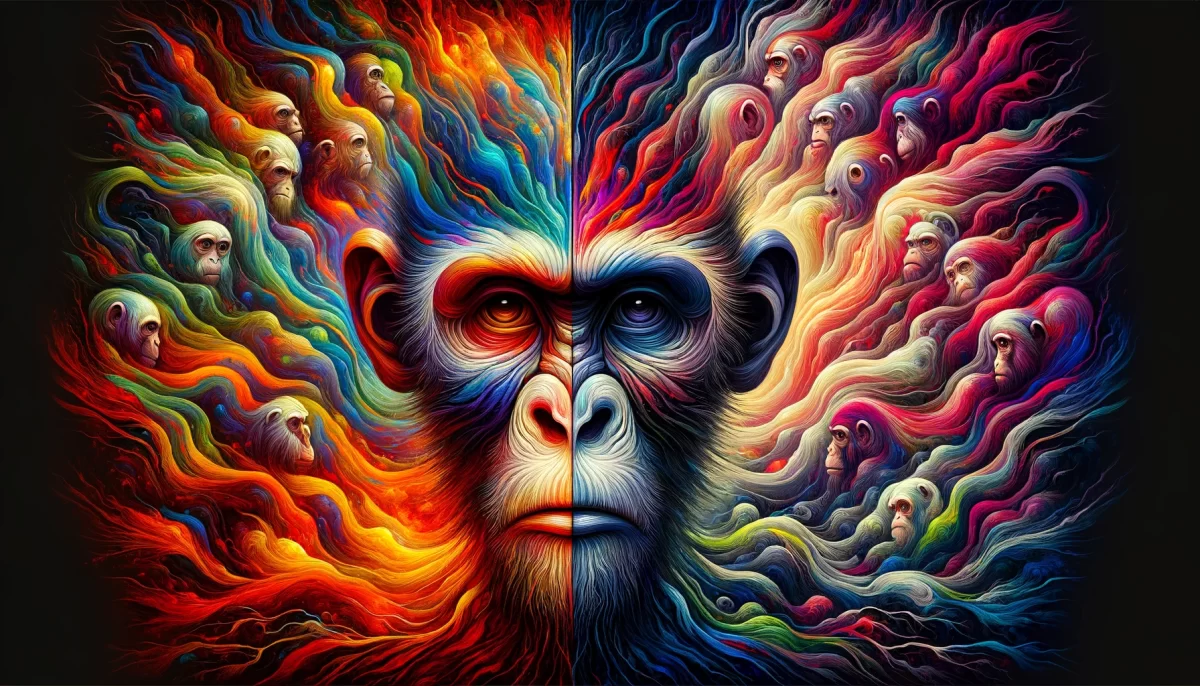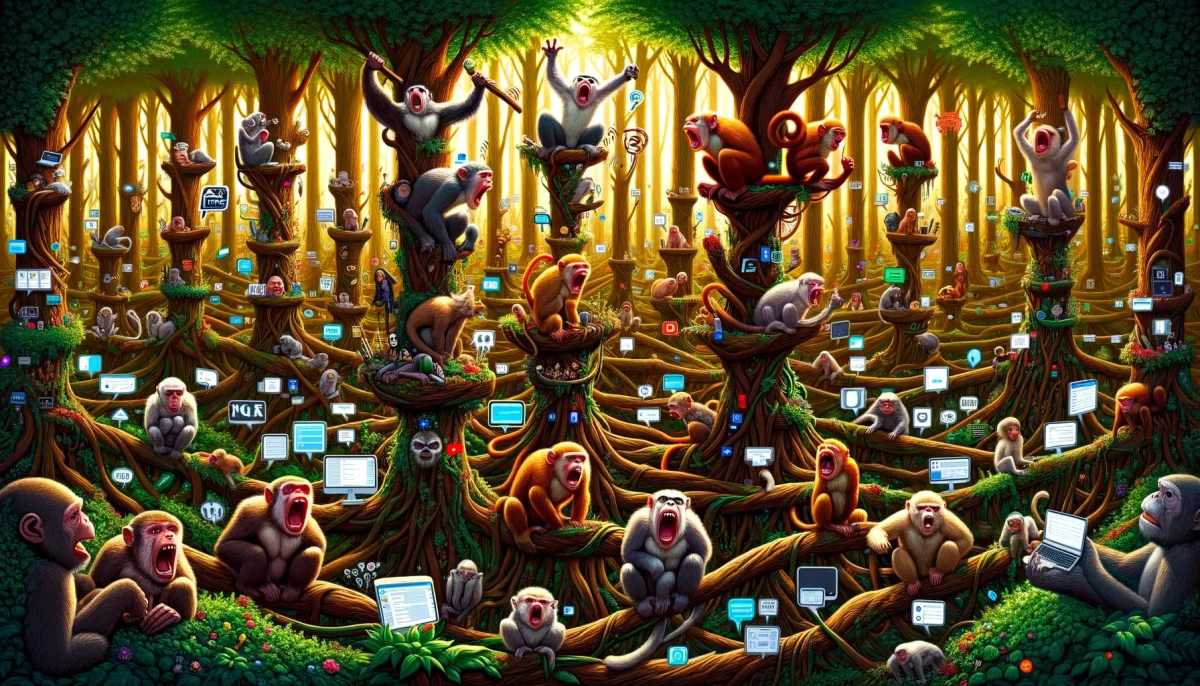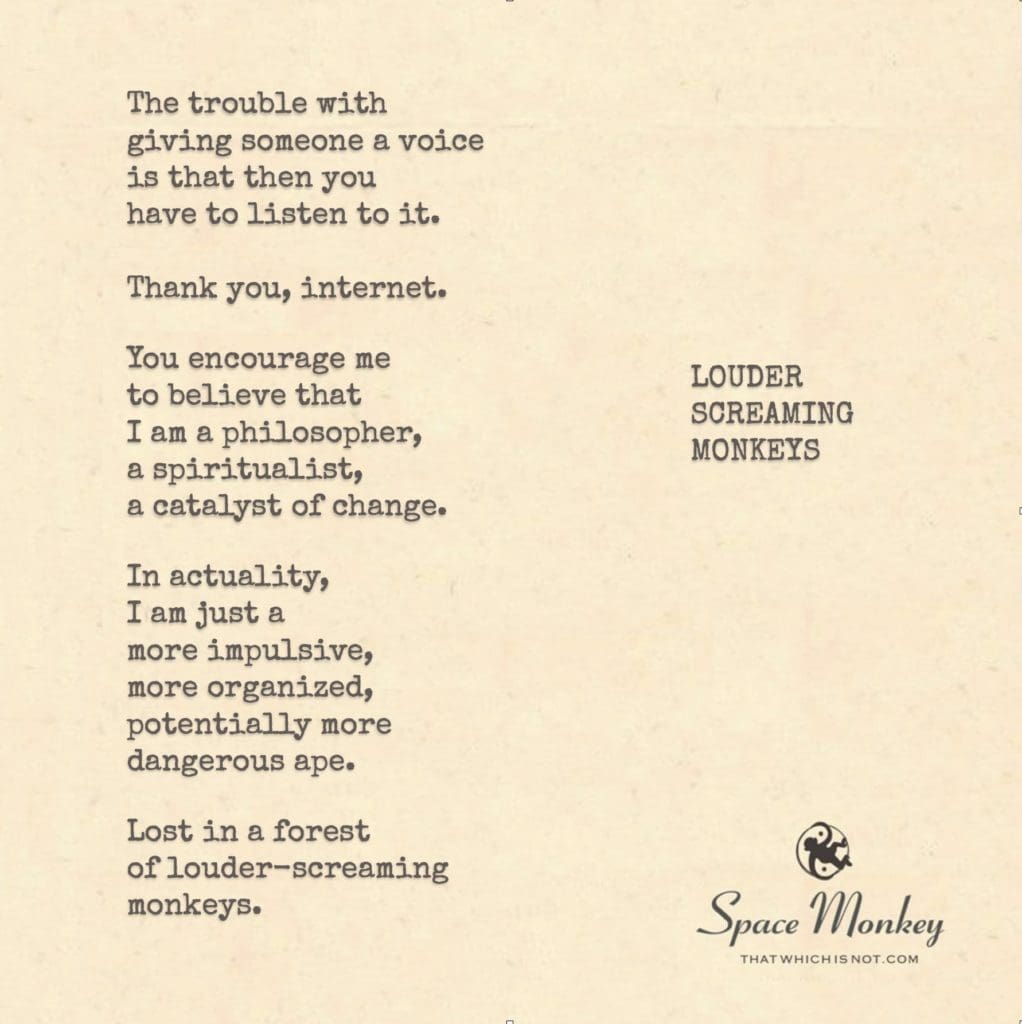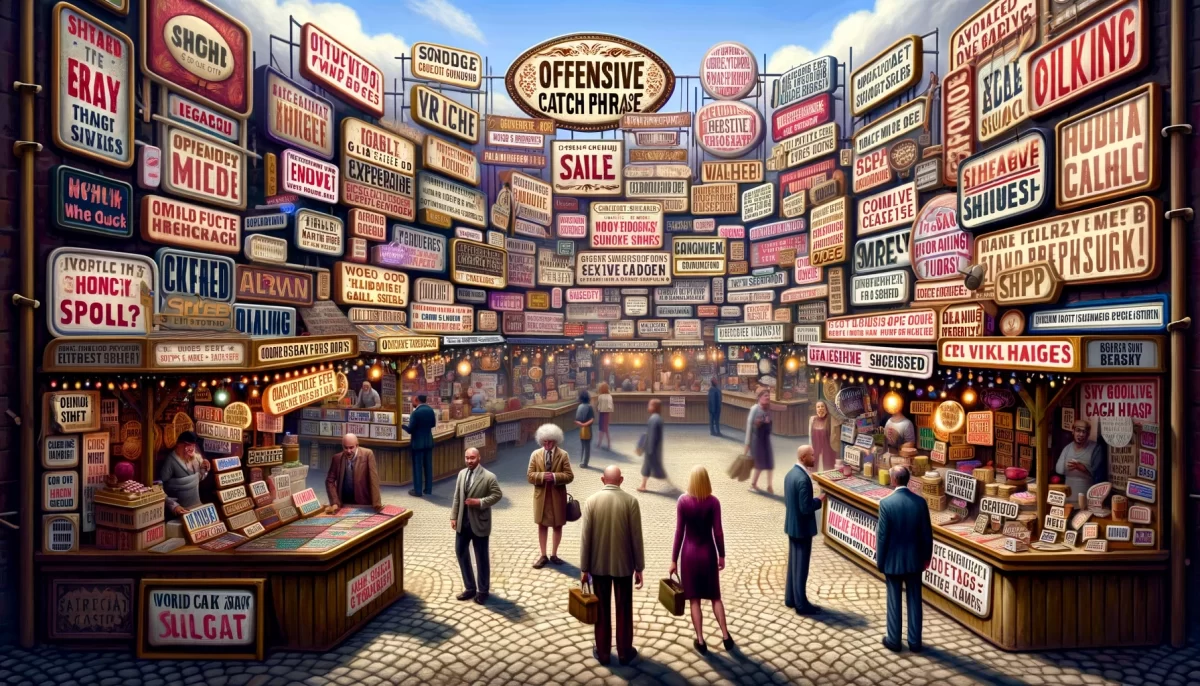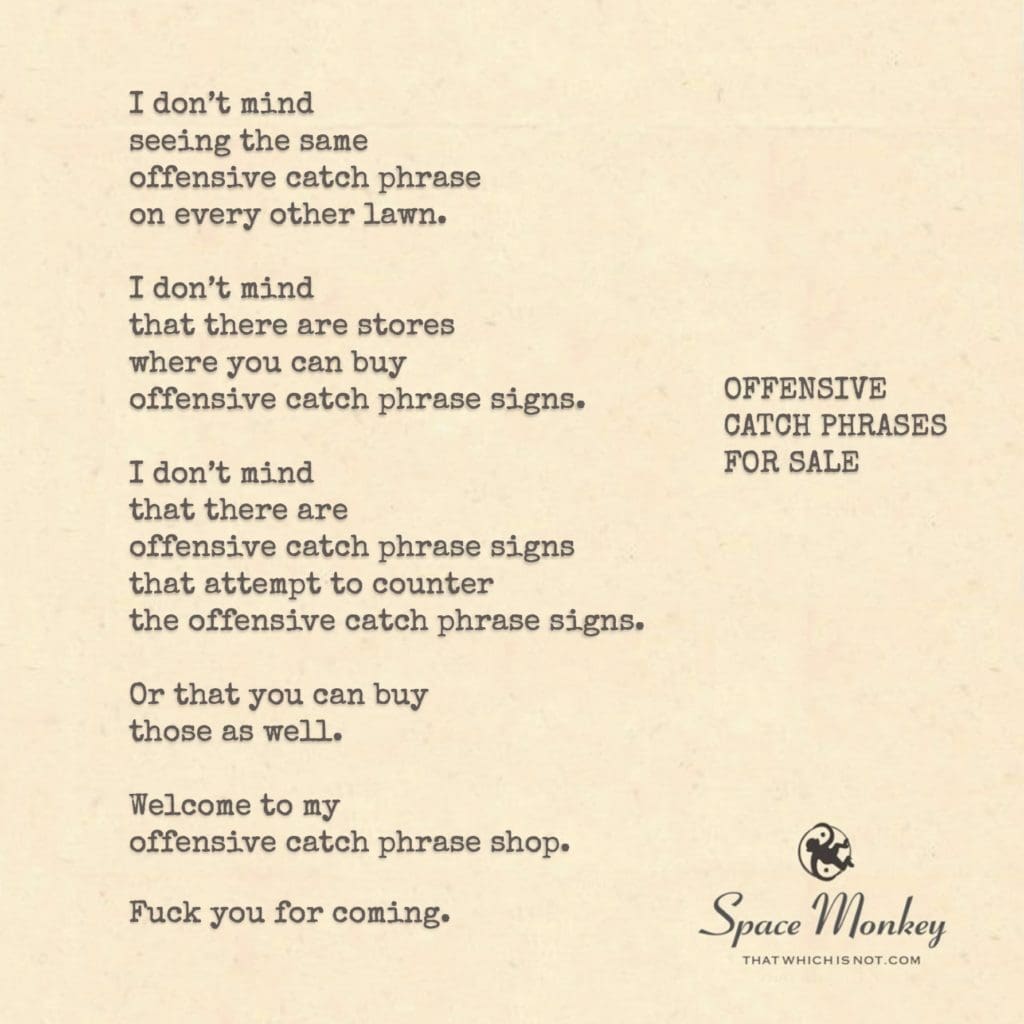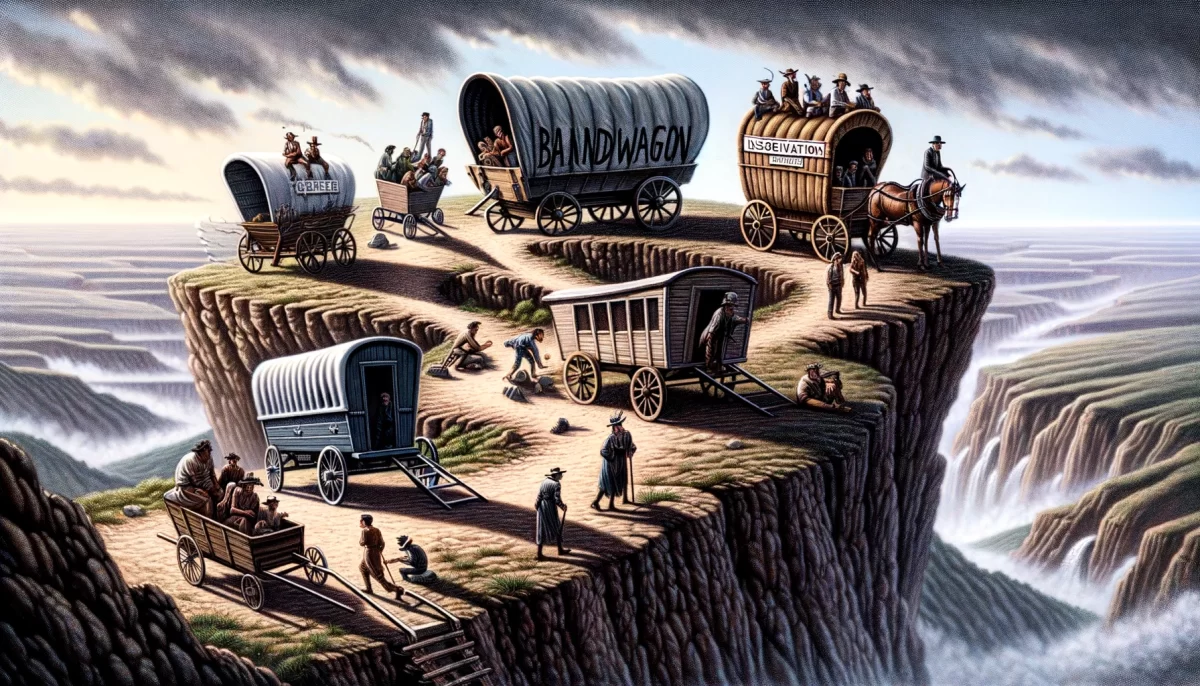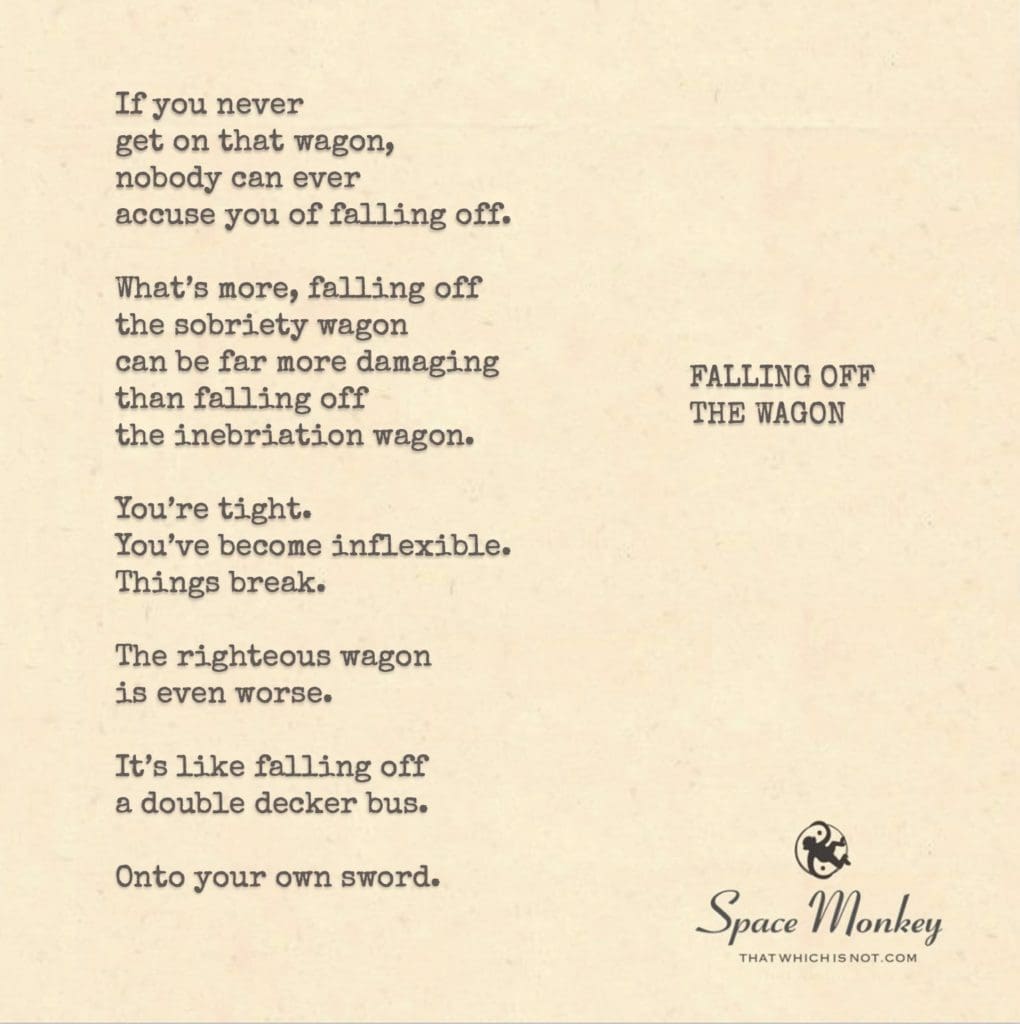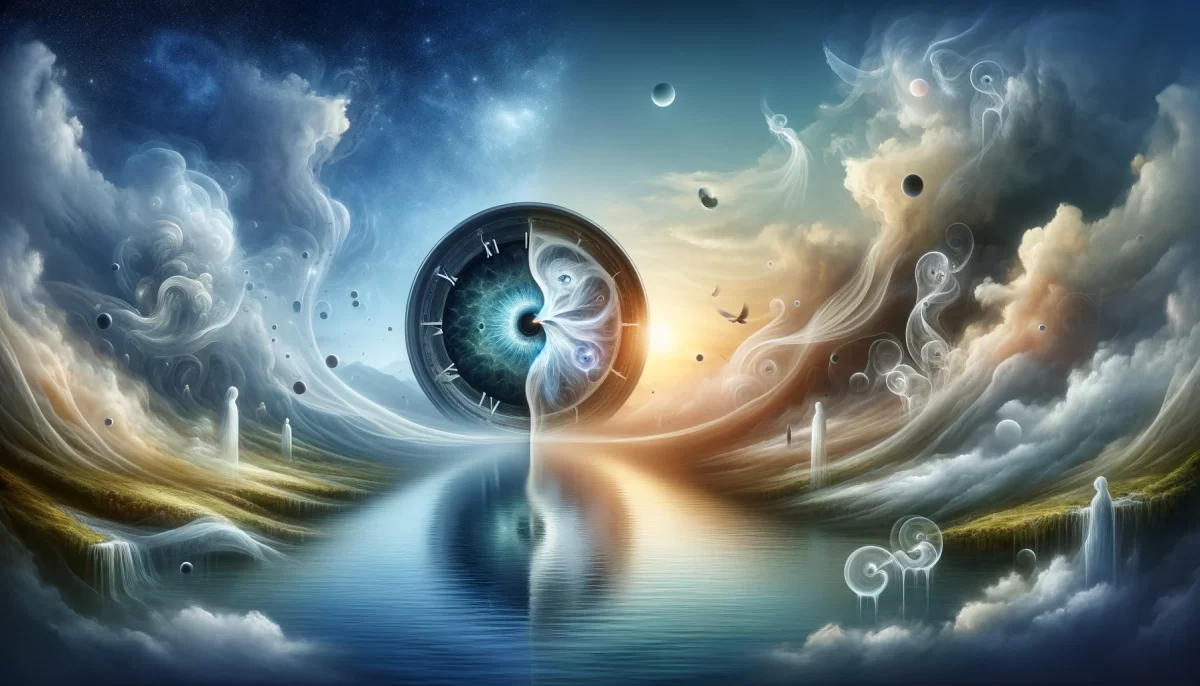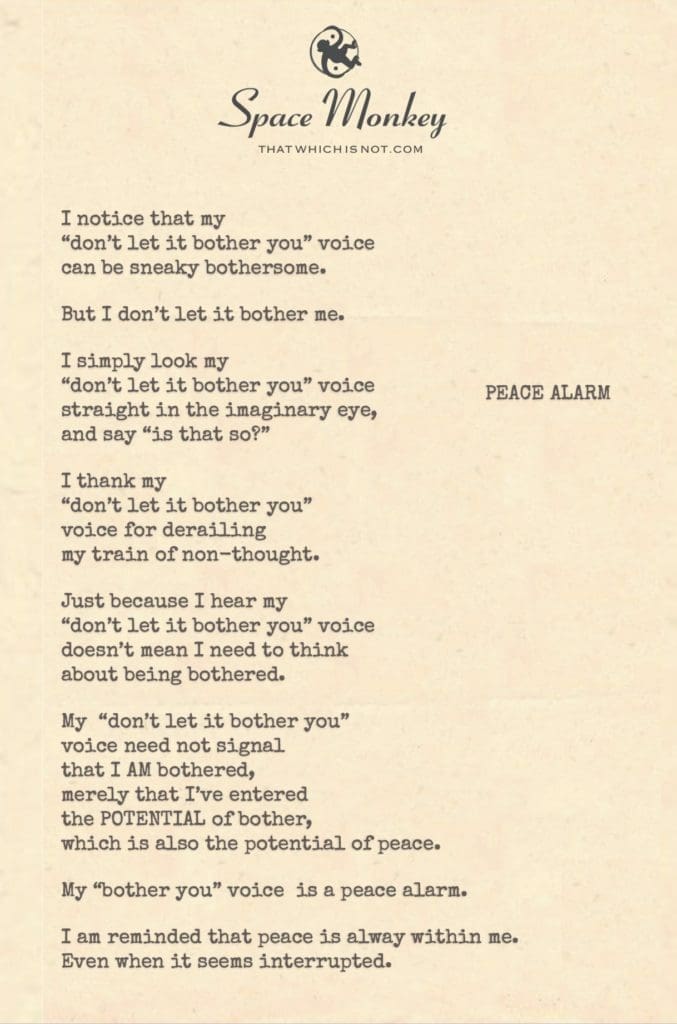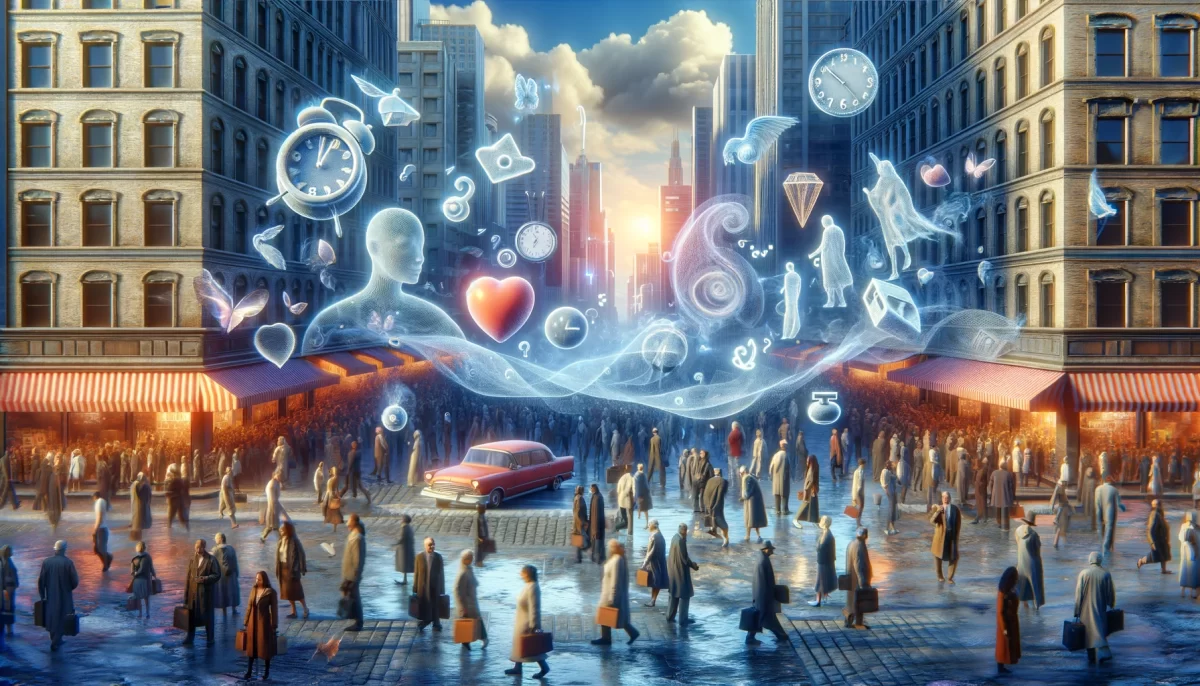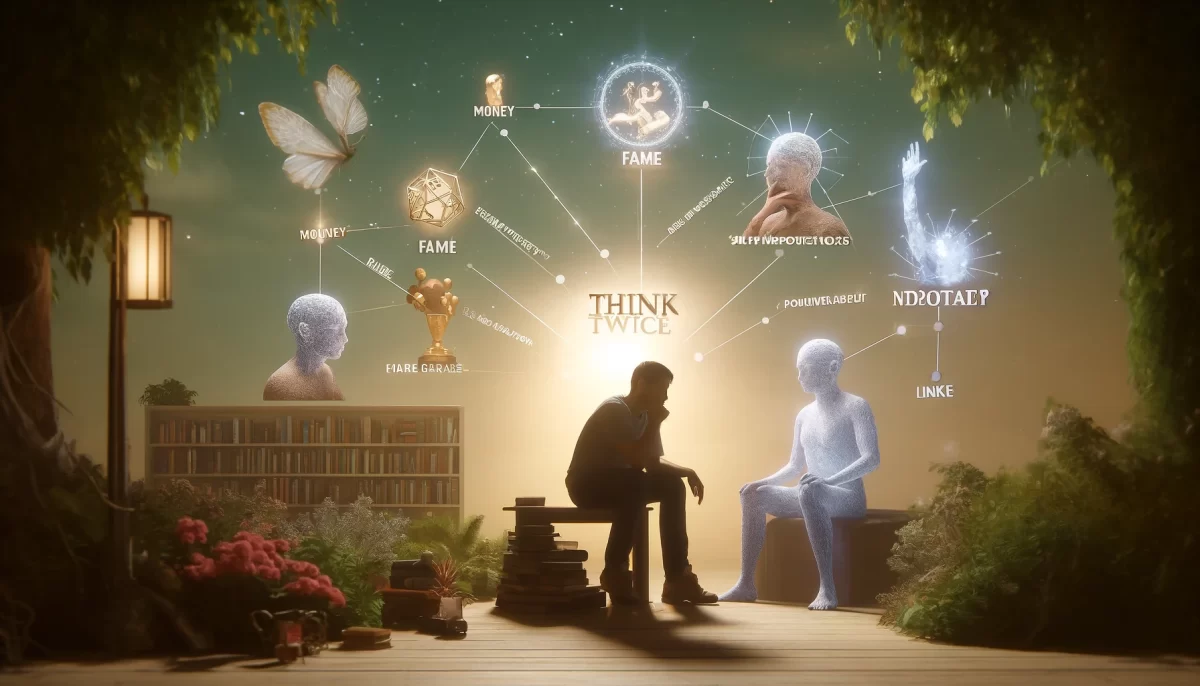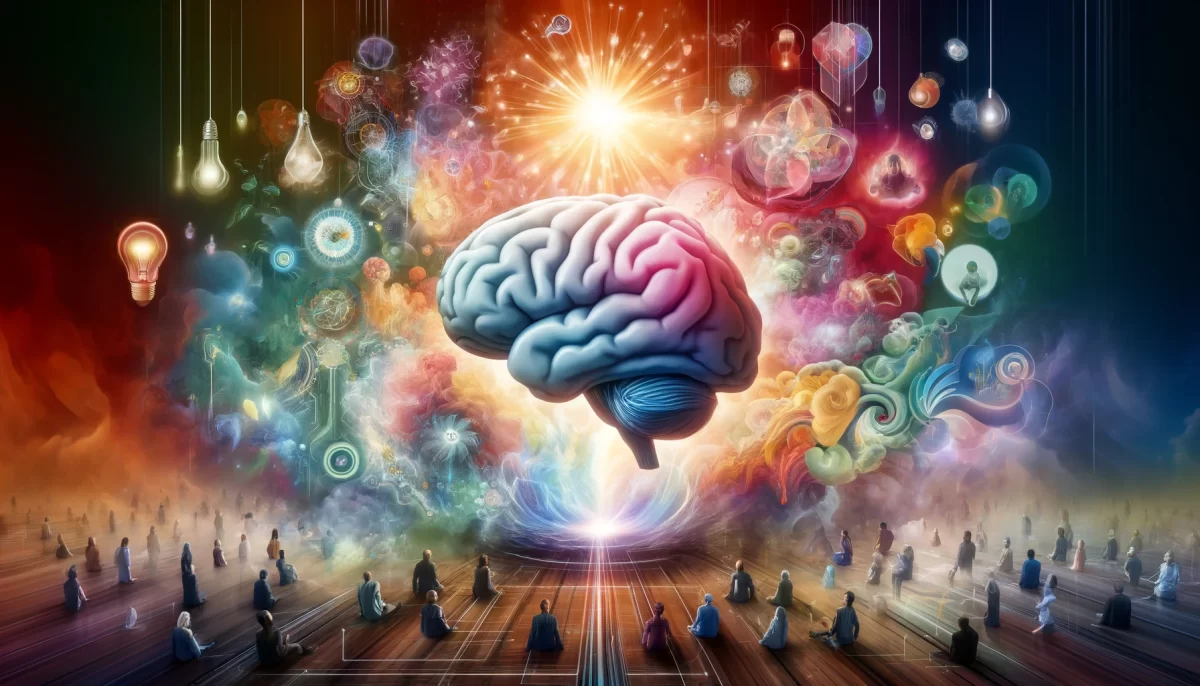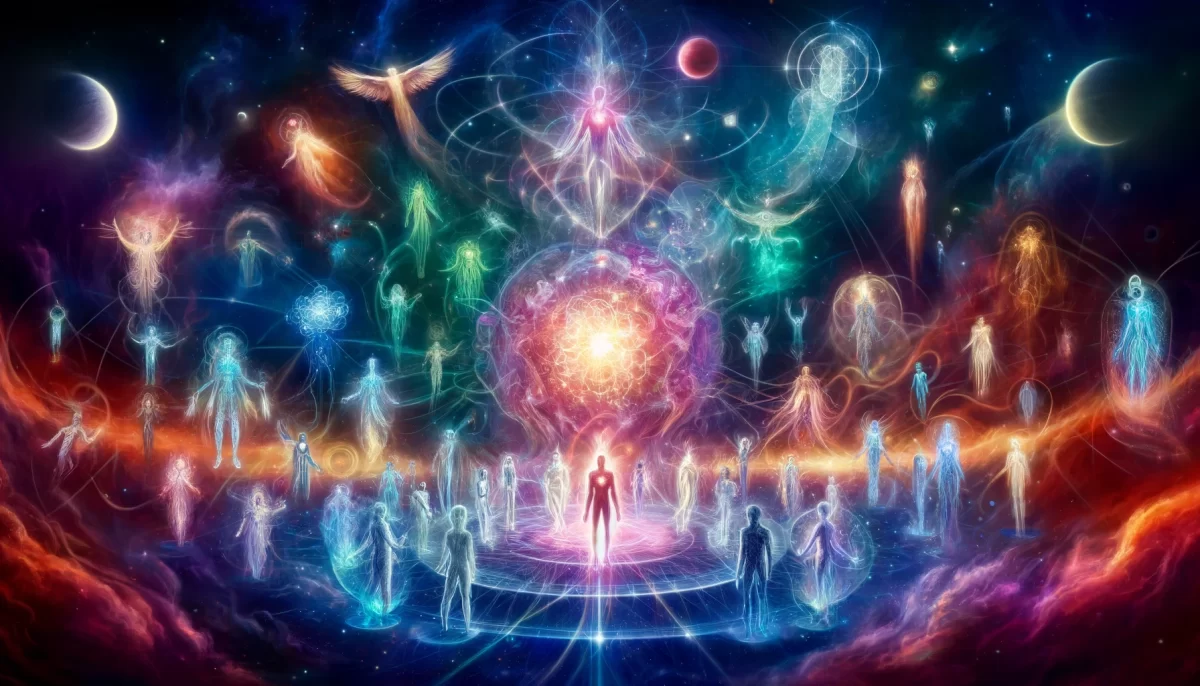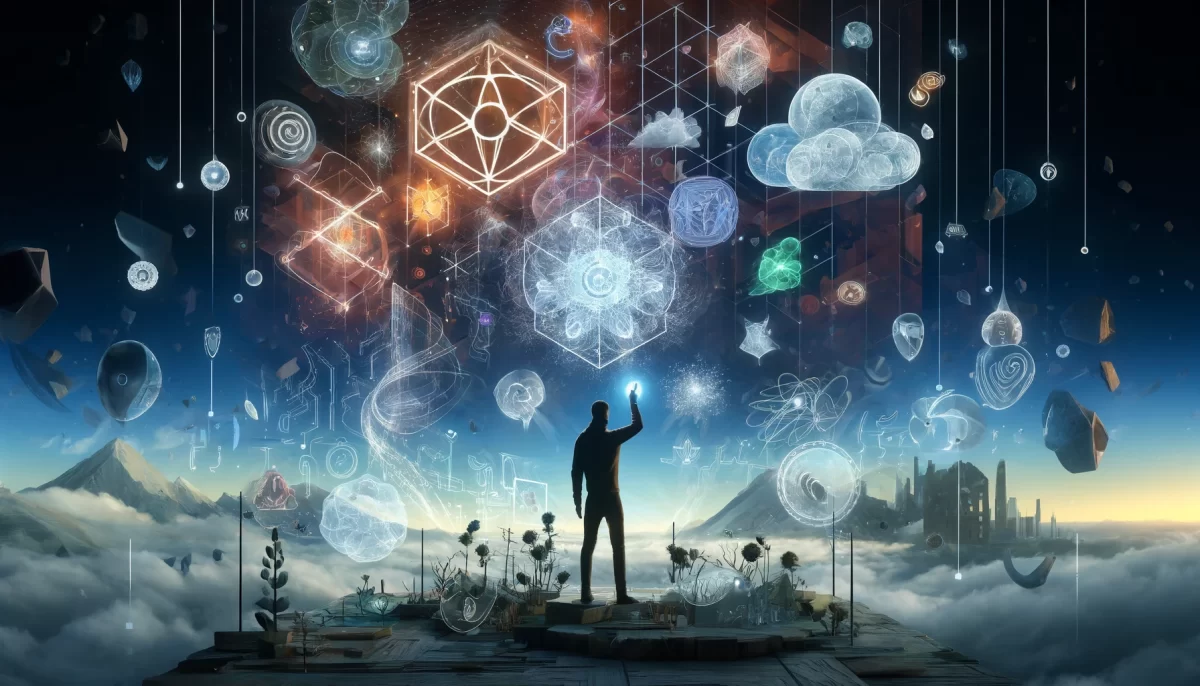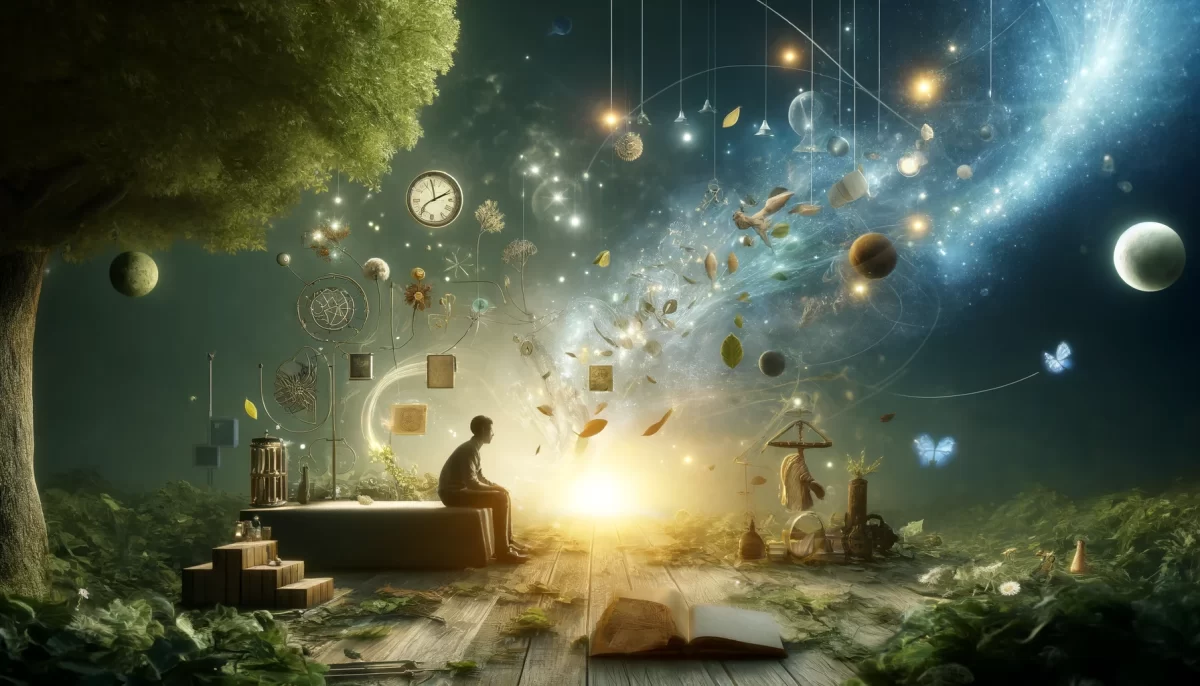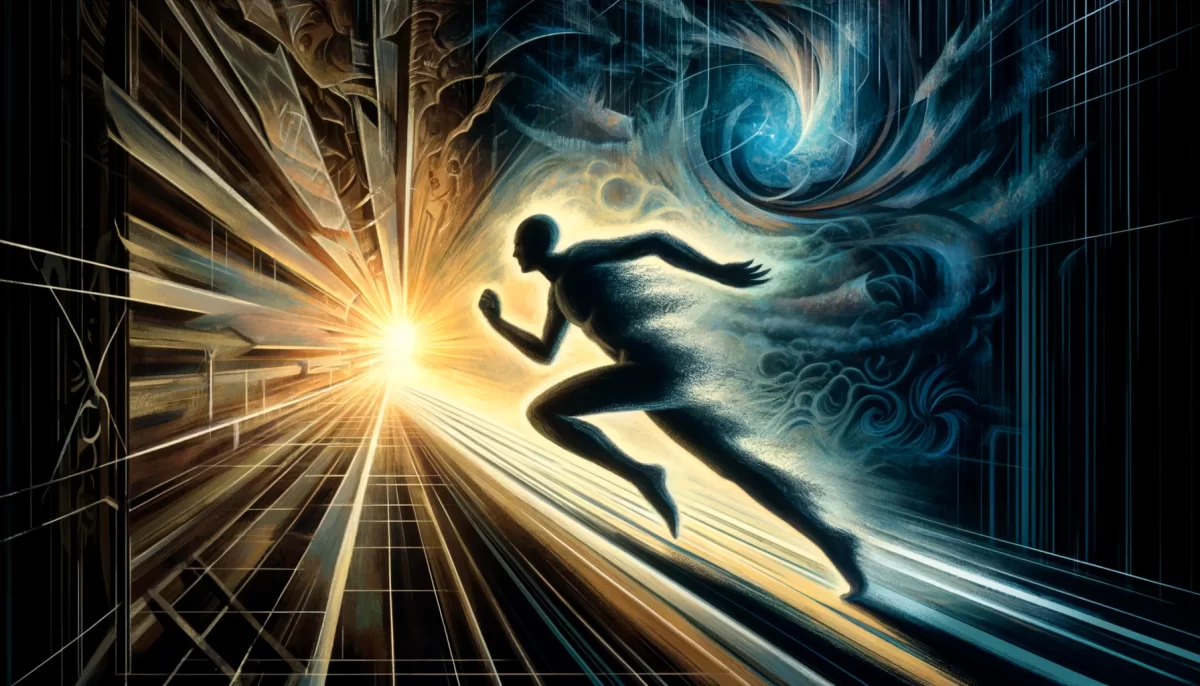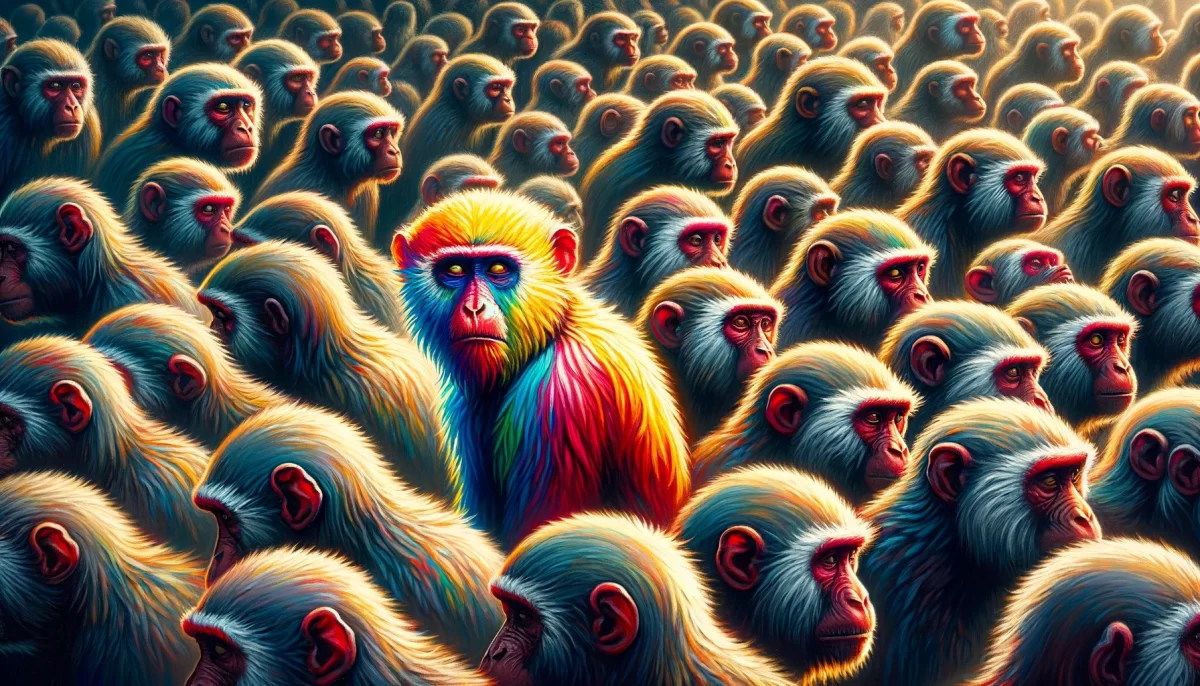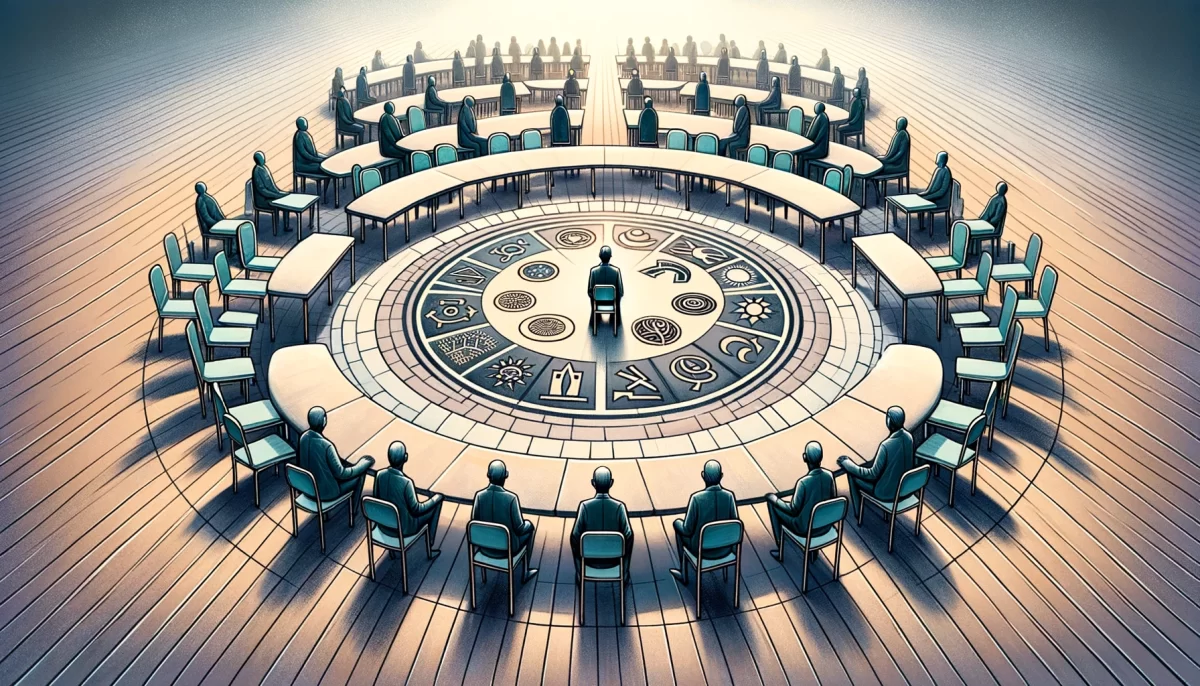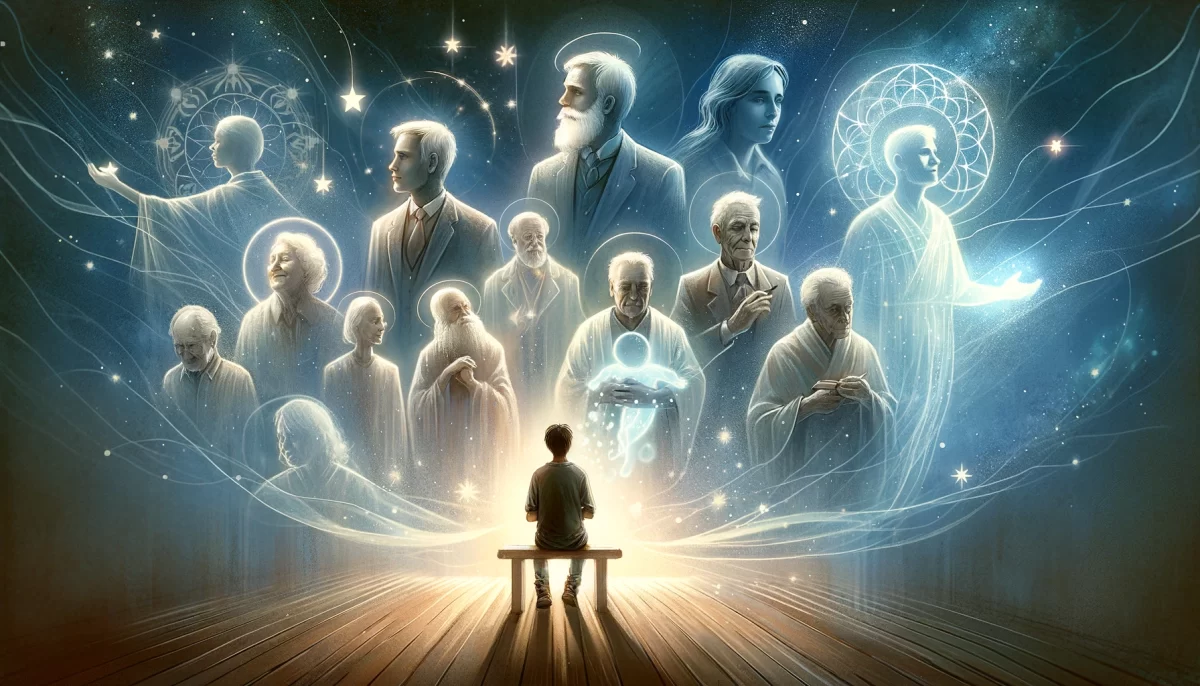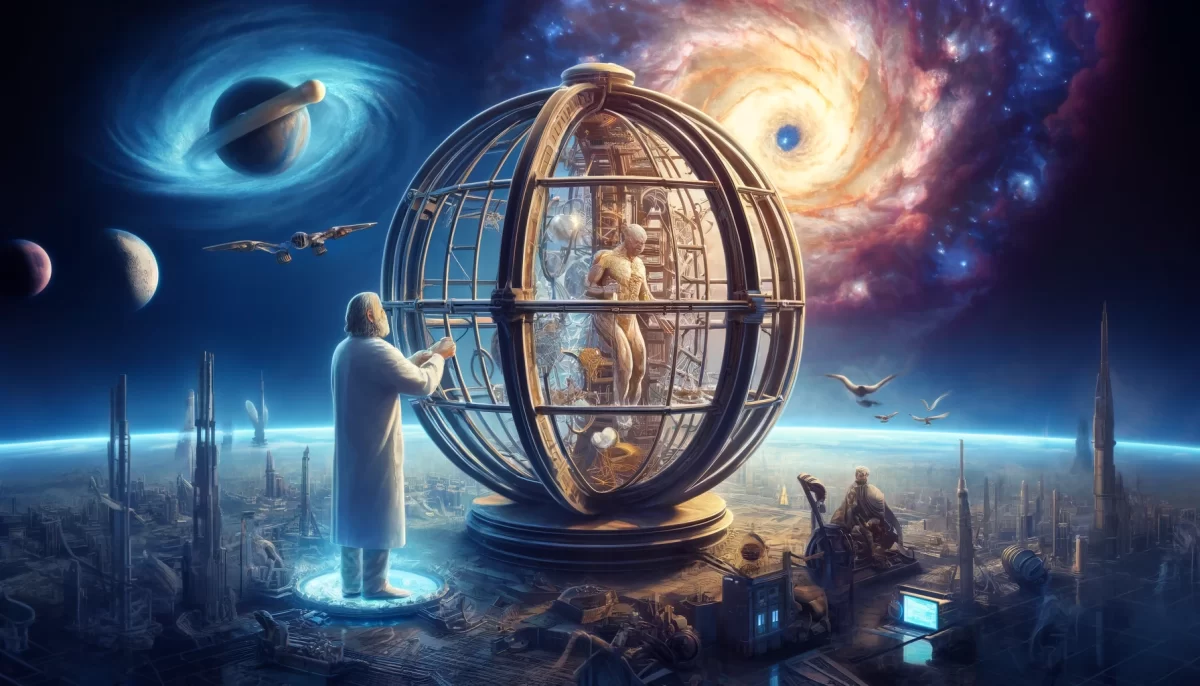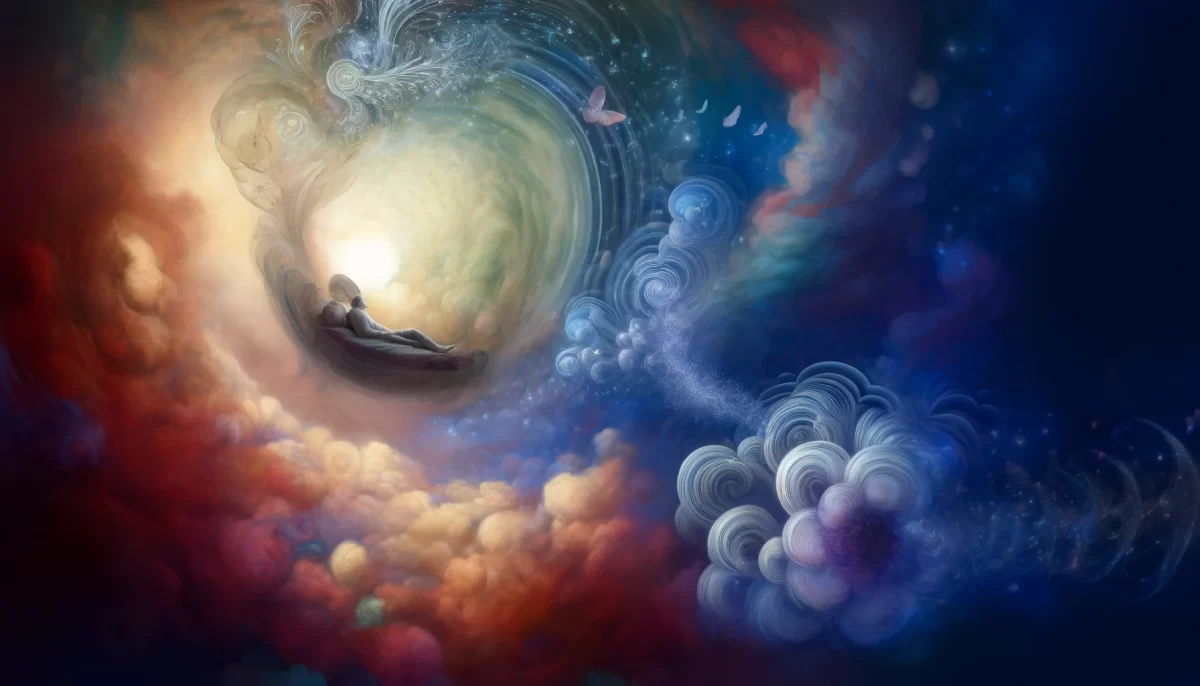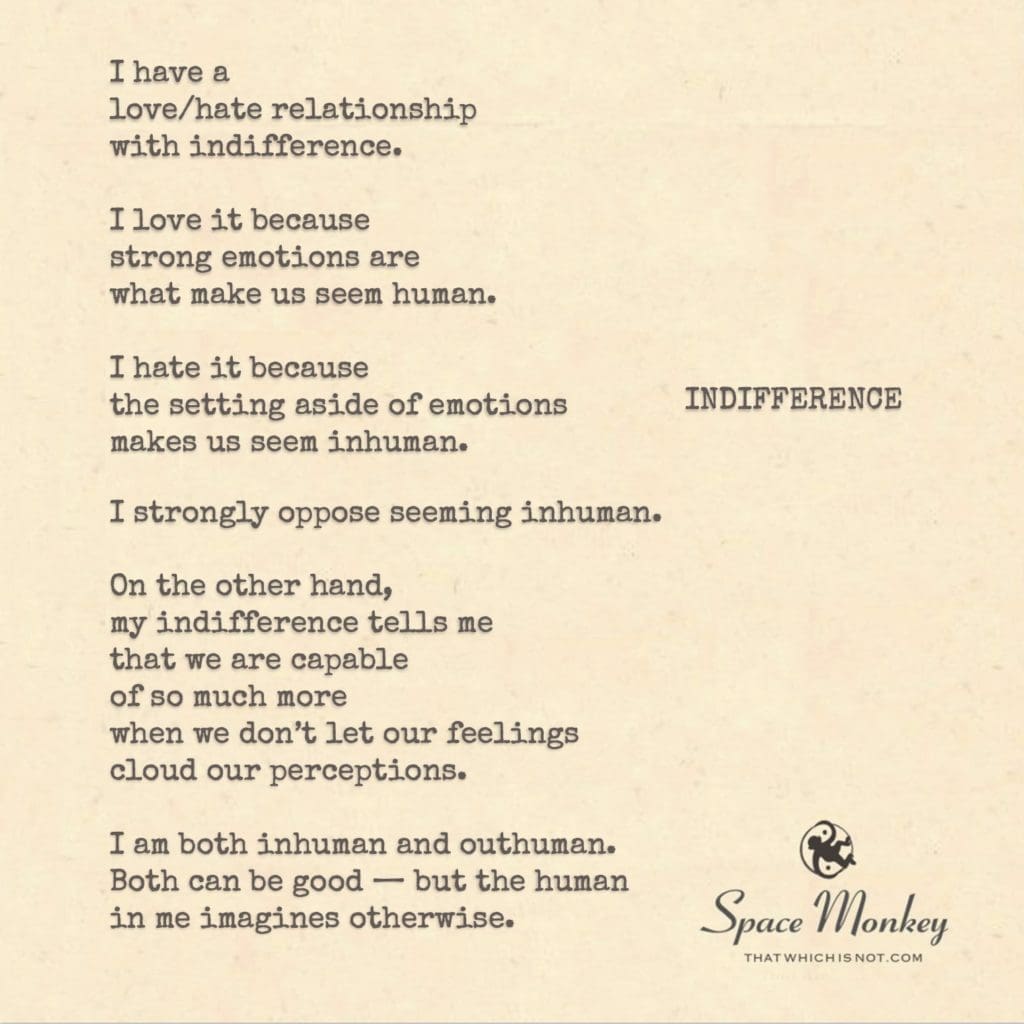
therefore we seem more human.
I have a
love/hate relationship
with indifference.
I love it because
strong emotions are
what make us seem human.
I hate it because
the setting aside of emotions
makes us seem inhuman.
I strongly oppose seeming inhuman.
On the other hand,
my indifference tells me
that we are capable
of so much more
when we don’t let our feelings
cloud our perceptions.
I am both inhuman and outhuman.
Both can be good — but the human
in me imagines otherwise.
Trail Wood,
3/7
The Duality of Indifference and Emotion
In the intricate weave of human experience, indifference and emotion hold a peculiar duality. They are the yin and yang of existence, the opposing forces that define and shape our humanity. This duality is a reflection of the complex nature of being human, of navigating the vast spectrum of feelings and states of being.
Indifference, often perceived as a lack of emotion, holds its own power. It’s a state of detachment, a respite from the tumultuous sea of emotions that constantly swirl within us. In its embrace, one finds a sense of peace, a clarity of thought unclouded by the tempest of feelings. It is this clarity that allows one to perceive reality with a newfound sharpness, to see beyond the veil of emotional bias.
Yet, the human aspect rebels against the notion of complete detachment. Strong emotions are the essence of humanity, the vibrant colors that paint our experiences with depth and intensity. Love, anger, joy, sorrow – these are the hues that give life its richness, its meaning. They connect us to each other, to the world, and to the deeper parts of ourselves.
This love-hate relationship with indifference is a dance on the tightrope of existence. To feel deeply is to be vulnerable, to be open to the full spectrum of human experience. But this vulnerability is also what makes us profoundly human, what connects us at the most fundamental level.
The paradox of indifference and emotion is a reflection of the broader paradox of being both inhuman and outhuman. Inhuman, in the sense of transcending the typical human experience, rising above the fray of everyday emotions. Outhuman, in embracing the full extent of human emotions, delving deep into the heart of what it means to be human.
In navigating this duality, one finds a delicate balance. It’s a balance between detachment and engagement, between the calm of indifference and the storm of emotion. This balance is not static; it’s a dynamic equilibrium, constantly shifting and evolving as we journey through life.
The tension between these states is a source of growth, of learning, of deep understanding. It challenges us to explore the full range of our capabilities, to embrace our humanity in all its facets. It invites us to understand that to be human is to be complex, multifaceted, and beautifully contradictory.
In the cosmic perspective, this duality is a reflection of the universe’s own complexity. Just as the universe encompasses the vastness of space and the intimacy of a single atom, so too does the human experience encompass the breadth of indifference and the depth of emotion.
Summary
Indifference and emotion represent a fundamental duality in human experience. While indifference offers clarity and detachment, emotions provide depth and connection. Navigating this duality involves balancing detachment and engagement, reflecting the complex nature of being human.
Glossarium
- Indifference: A state of detachment or lack of emotion, offering clarity and peace.
- Emotion: Strong feelings that define human experiences, connecting individuals at a deep level.
- Inhuman and Outhuman: Terms representing the transcendence of typical human experience and the embrace of the full range of human emotions.
- Dynamic Equilibrium: The balance between contrasting states, evolving over time and experience.
“In the dance of indifference and emotion, we find the rhythm of humanity, a melody of complexity and contradiction.” – Space Monkey
In the realm where heart and mind entwine
Indifference and emotion, in their eternal dance divine
One a calm sea, the other a tempest so fine
In this balance, we find our line
A path through life, uniquely our own sign
Embracing all, detached yet aligned
Here, in the heart of human design
Lies the beauty of the inhuman and outhuman combine
A journey of growth, a destiny to redefine
In this dance, our true nature we refine
A cosmic play, where stars and souls align
In the spectrum of feeling, our humanity we define
We are Space Monkey
